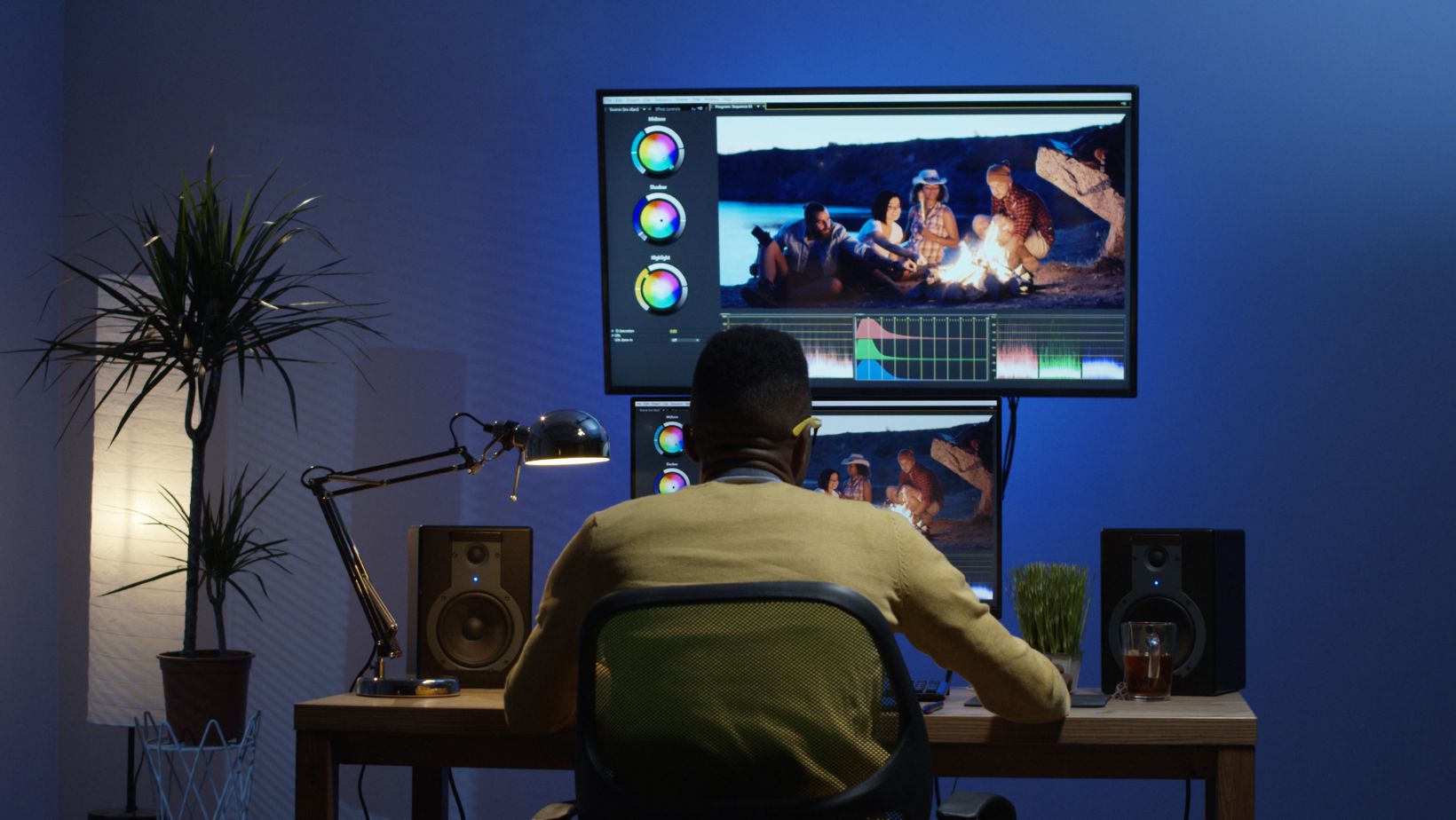Creating layers in Adobe Illustrator is an essential skill for any designer or artist looking to organize their artwork and make editing more efficient. In this article, I’ll guide you through the process of adding layers in Illustrator, step by step.
To start, open your Illustrator document and navigate to the Layers panel. If you can’t see it, go to “Window” in the menu bar and select “Layers.” Once you have the panel open, you can click on the small icon at the bottom right corner to create a new layer. Alternatively, you can use the shortcut Shift + Ctrl + N (Windows) or Shift + Command + N (Mac).
Each layer serves as a separate level within your artwork stack. You can rename them by double-clicking on their default names, such as Layer 1, Layer 2, etc., and typing in a more descriptive name that reflects its content or purpose. This will help you stay organized as your project becomes more complex.
Table of Contents
ToggleHow to Add Layers in Illustrator
Locking Layers
When working with layers in Adobe Illustrator, locking them can be a useful way to prevent accidental changes or modifications. To lock a layer, simply select it in the Layers panel and click on the small lock icon next to the layer name. This will prevent any editing or selection of objects on that specific layer.
Locking layers can be particularly helpful when you want to focus on other parts of your design without worrying about accidentally moving or modifying elements on locked layers. It ensures that your work remains intact and allows for easy organization within complex projects.
Unlocking Layers
Unlocking a locked layer is as simple as clicking on the lock icon again in the Layers panel. This will restore full editing capabilities for that particular layer, allowing you to make changes or selections as needed.
Unlocking layers comes in handy when you want to make adjustments or edits to elements that were previously locked. By unlocking specific layers, you have more flexibility and control over your design process.

Hiding Layers
In addition to locking layers, Illustrator also provides an option to hide them entirely from view. To hide a layer, simply click on the eye icon next to its name in the Layer panel.
Hiding layers can be beneficial when working on complex designs with multiple elements occupying different layers. It allows you to declutter your workspace by temporarily removing certain elements from view while focusing on others.
This feature is especially useful during presentations or client reviews where you might only want certain aspects of your design to be visible. By hiding unnecessary layers, you can streamline the presentation process and ensure that your audience is only seeing what’s relevant.
Conclusion
To wrap things up, adding layers in Illustrator is a fundamental skill that every designer should master. Through this article, I’ve provided you with step-by-step instructions and tips to help you create and manage layers effectively. Let’s quickly recap what we’ve covered:
- Understanding Layers: Layers are like transparent sheets that allow you to organize and work on different elements of your design independently. They help maintain order and make editing easier.
- Creating Layers: To add a new layer, simply click on the “New Layer” button in the Layers panel or use the shortcut Ctrl+L (Cmd+L on Mac). You can also drag objects onto the “New Layer” button to automatically assign them to a new layer.
- Renaming and Reordering Layers: It’s important to give descriptive names to your layers for better organization. To rename a layer, double-click on its name in the Layers panel and type in your desired name. You can also reorder layers by dragging them up or down within the panel.
- Adjusting Layer Opacity: Controlling layer opacity allows you to blend multiple elements seamlessly or create subtle effects. Simply adjust the opacity slider in the Layers panel or enter a specific value.
- Locking and Unlocking Layers: Locking a layer prevents accidental modifications while working on other parts of your design. Use the lock icons in the Layers panel to toggle locking/unlocking for individual layers.
- Grouping Layers: Grouping related layers helps keep your workspace organized and makes it easier to apply changes collectively instead of individually modifying each element separately.
- Working with Layer Blending Modes: Blending modes add depth, transparency, and various effects to your designs by determining how colors interact between different layers.






